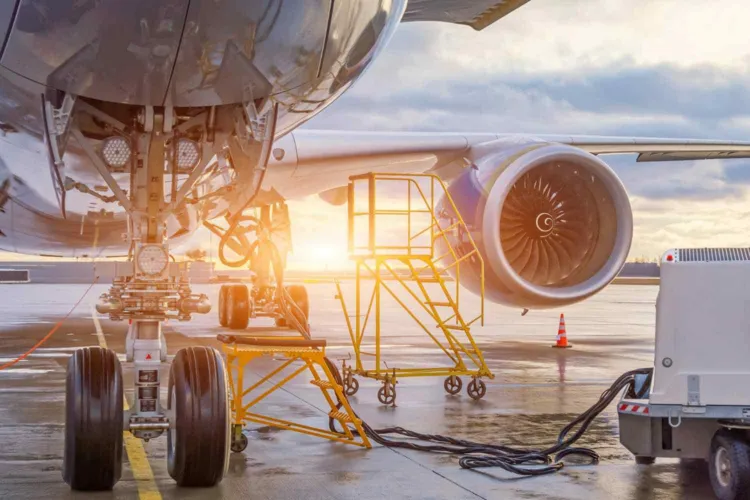ASEAN has set a clear goal: build a fully integrated, low-carbon regional power grid by 2045. Backed by strong political commitment and international support, this plan aims to connect 10 countries and nearly 700 million people across Southeast Asia. It's one of the most ambitious energy integration efforts in the world.
Meeting the Soaring Demand of Southeast Asia Power Grid Integration
Electricity demand in the region is set to double by 2030, driven by rapid urbanization and energy-intensive sectors like data centers. To meet this demand, ASEAN must add about 1.7 million kilometers of new transmission and distribution lines between 2021 and 2030.

This massive buildout is central to Southeast Asia Power Grid Integration, ensuring electricity can flow across borders efficiently and affordably.
Cross-Border Connections Already Underway
Progress is already visible. The Malaysia-Singapore corridor doubled its interconnection capacity from 525 MW in 2022 to 1,050 MW in 2025. Meanwhile, other corridors such as Thailand-Laos and Malaysia-Brunei are expanding their transmission links to support more cross-border energy trade.
A major milestone came through the Laos-Thailand-Malaysia-Singapore Power Integration Project (LTMS-PIP), which doubled its trading capacity from 100 MW to 200 MW. These upgrades not only improve energy reliability but also lay the groundwork for broader regional exchange.
Read Also: Southeast Asia Clean Energy Boom Transforms Region Growth
Subsea Cables: A Future-Forward Solution
To connect far-flung parts of the archipelago, ASEAN is planning subsea interconnections, like the proposed Java–Sumatra link with a capacity of 6,000 MW. These advanced solutions will be critical for countries like Indonesia and the Philippines, where traditional grid expansion is challenging.
In high renewable energy scenarios, total cross-border transmission could grow from 4,250 MW in 2025 to over 104,000 MW by 2040—a 25-fold increase that would redefine the region's energy future.
Private Sector Partnerships Accelerate Southeast Asia Power Grid Integration Progress
Beyond government-led projects, private investment is playing a crucial role in advancing Southeast Asia Power Grid Integration. Major energy firms like Singapore’s Sembcorp and Thailand’s EGAT are collaborating on cross-border renewable energy trading platforms, while tech giants such as Amazon and Google are funding green transmission corridors to power their regional data centers sustainably.
A standout example is the ASEAN Green Grids Initiative, which has attracted $2.1 billion in corporate commitments since 2023. This includes Japan’s Mitsubishi financing floating solar-linked transmission lines in Vietnam and BlackRock’s climate infrastructure fund backing subsea cable projects. Such partnerships are proving that grid integration isn’t just a policy vision, but a viable business model attracting top-tier capital.
Global Support for a Regional Vision
In 2025, the ASEAN Centre for Energy secured NZ$200,000 (US$119,800) in international funding to advance this strategy. The backing reflects growing confidence in ASEAN's ability to lead sustainable energy development on a regional scale.
The plan supports not just environmental goals but also energy security and economic growth. By integrating diverse energy resources—from hydropower in Laos to solar in Indonesia—Southeast Asia can reduce reliance on fossil fuels and improve energy access for millions.
Read Also: Backing Southeast Asia Climate Resilience Efforts to Save The Future
Southeast Asia Power Grid Integration: Why It Matters
Southeast Asia Power Grid Integration is more than an infrastructure project. It’s a transformative leap toward a resilient, green, and interconnected future. With energy needs growing rapidly, the region must act now to avoid fragmentation and inefficiencies. If successful, ASEAN's grid will stand as a global model for regional cooperation in climate-resilient energy systems.







